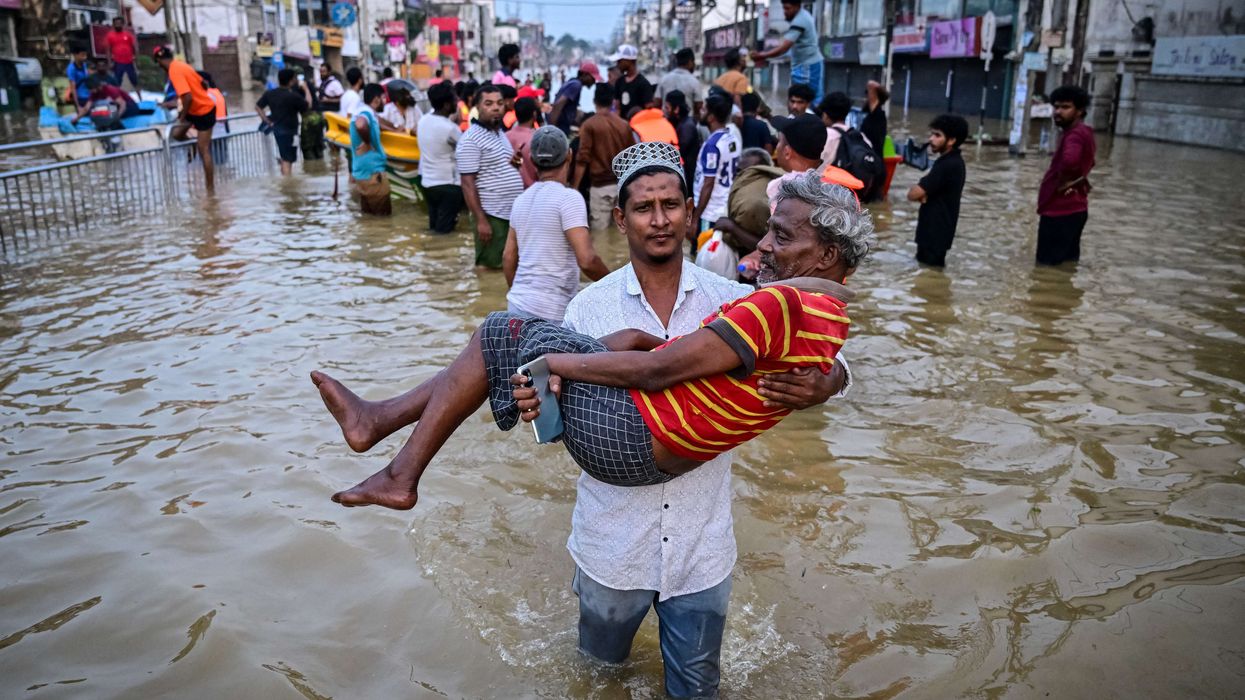On Saturday, May 6, the coronation of King Charles III and his wife Camilla as queen will be the highlight of a weekend of celebrations.
The King's Procession
The day's proceedings will commence with the "King's Procession," a 1.3-mile (two-kilometre) journey from Buckingham Palace in central London to Westminster Abbey.
The couple will travel in the Diamond Jubilee State Coach, drawn by six Windsor Grey horses, while being escorted by members of the king's bodyguard, the Household Cavalry.
The ceremony will begin at 11:00 am (1000 GMT) upon their arrival.
The Ceremony and Guests
The upcoming coronation ceremony will be approximately an hour in length and presided over by the Archbishop of Canterbury, Justin Welby, the highest-ranking cleric in the Church of England.
The ceremony will be attended by around 2,000 individuals, including foreign dignitaries, members of royalty, elected officials, and representatives from civil society, all of whom will be present inside Westminster Abbey.
The Recognition
The coronation ceremony has remained largely unchanged for over 1,000 years. The first step involves presenting the new monarch to the congregation, who respond by shouting "God Save the King!"
The Oath
The next stage sees the king taking the coronation oath, which has evolved over the centuries. In 1953, for instance, Charles's mother, Queen Elizabeth II, took an oath to rule according to the law, administer justice with mercy, and uphold the Church of England.
She also pledged to govern the Commonwealth realms and territories where she was the head of state in accordance with their respective laws and customs, all of which were conveyed in response to the archbishop's series of questions.
The Anointing
Under a canopy, the sovereign will be seated in King Edward's Chair (also known as the Coronation Chair) and consecrated, blessed, and anointed by the archbishop.
During the anointing, consecrated oil will be administered using a silver-gilt spoon dating back to the 12th century, the oldest artifact among the Crown Jewels.
According to Archbishop Welby, this will be the only part of the ceremony not open to the public.
The Coronation Chair dates back to 1300. Beneath it lies the "Stone of Destiny," an ancient symbol of Scotland's monarchy that was seized by King Edward I.
The Investiture
After receiving the sovereign's orb and sceptres, which represent their spiritual and temporal powers, the monarch has the St Edward's Crown placed on their head.
The Enthronement
He will then proceed to the throne for the enthronement ceremony.
The Homage
During the homage, the archbishop, royal princes, and senior members of the House of Lords kneel and pledge allegiance. Camilla will then undergo a separate but similar and simpler coronation ceremony.
The Coronation Procession
After the ceremony, the king and queen will travel back to Buckingham Palace in the Gold State Coach, which weighs four tonnes and is drawn by eight Windsor Greys at walking pace. This is known as the "Coronation Procession", and will be accompanied by other members of the royal family and approximately 4,000 British and Commonwealth troops in full regalia.
Once they arrive at the palace, the king and queen will appear on the balcony to greet the crowd and watch a Royal Air Force fly-past.
Family
Prince William and Prince Harry, the two sons of Charles and Princess Diana, will attend the ceremony, but Harry will be attending alone, without his wife Meghan or their children.
Charles's brother, Prince Andrew, is not expected to have a formal role to play either.
However, William's son, nine-year-old Prince George, who is second in line to the throne, will serve as one of the king's four pages.
Camilla's pages will include three of her grandchildren, Gus, Louis, and Freddy, as well as her great-nephew, Arthur.
Long Weekend
Following the coronation on Saturday, May 6, the UK will celebrate with "The Big Coronation Lunch," where neighbourhood street parties will take place on Sunday, May 7.
Later that evening, Windsor Castle will host a Coronation Concert for approximately 10,000 people, featuring renowned artists such as Katy Perry, Lionel Richie, Take That, and Andrea Bocelli.
On Monday, May 8, a public holiday has been declared, and the royal family has encouraged Britons to engage in volunteer work in their communities.
(With inputs from AFP)













